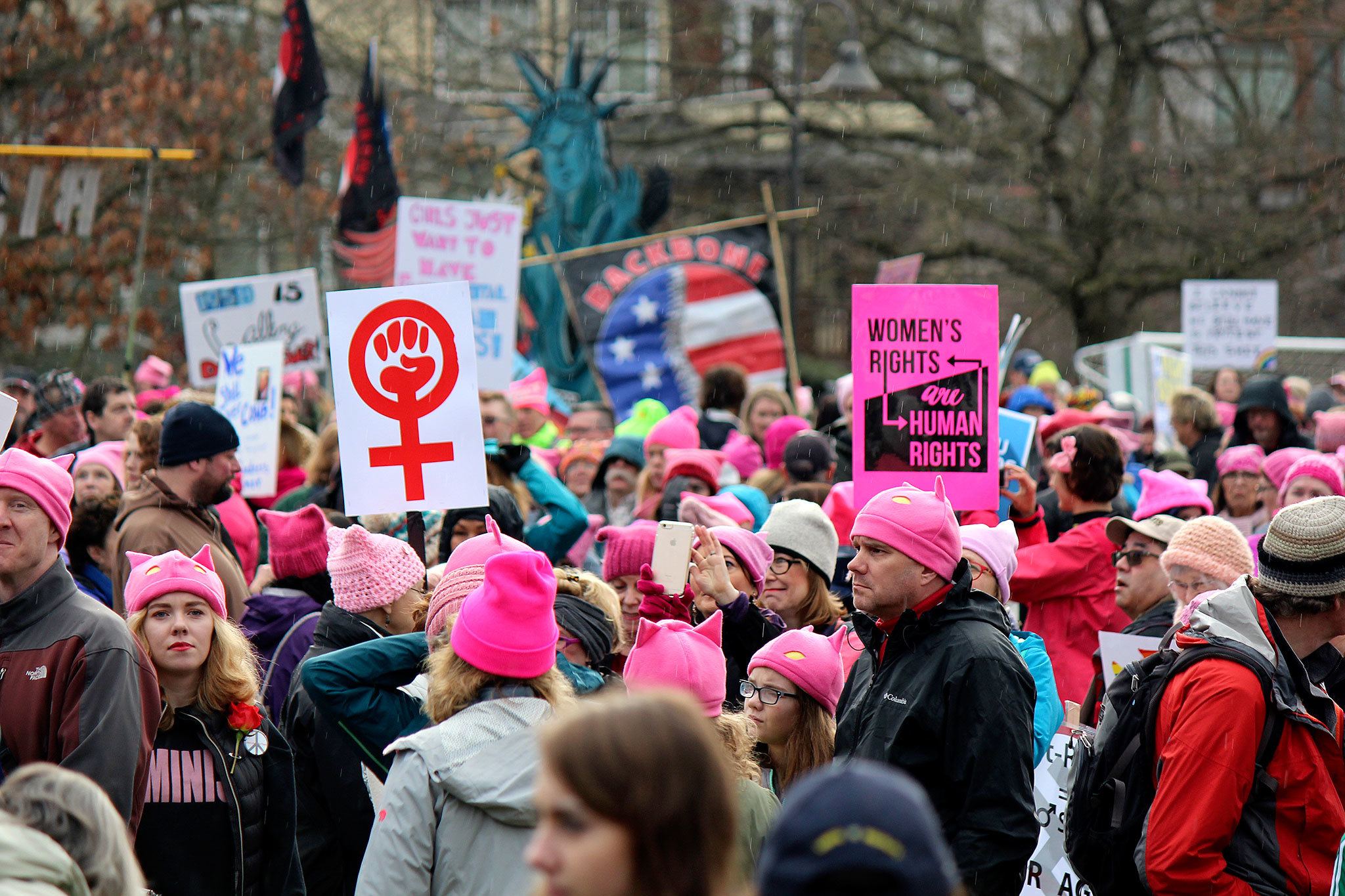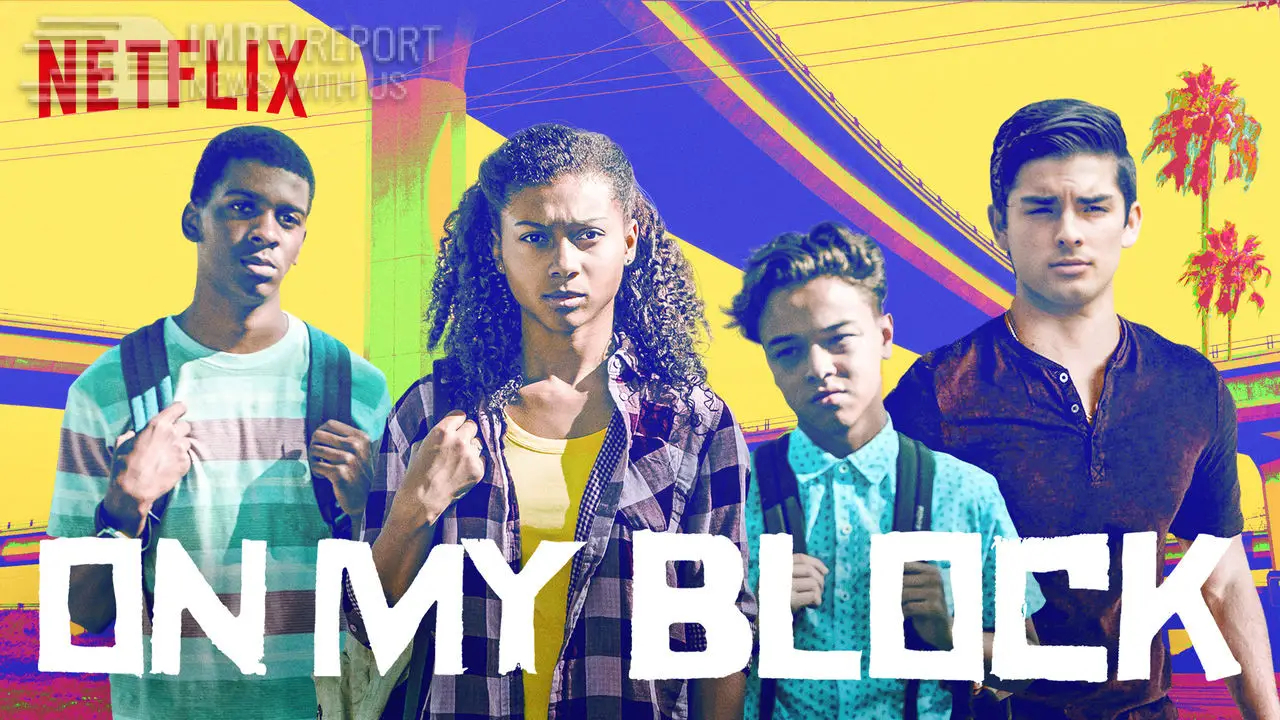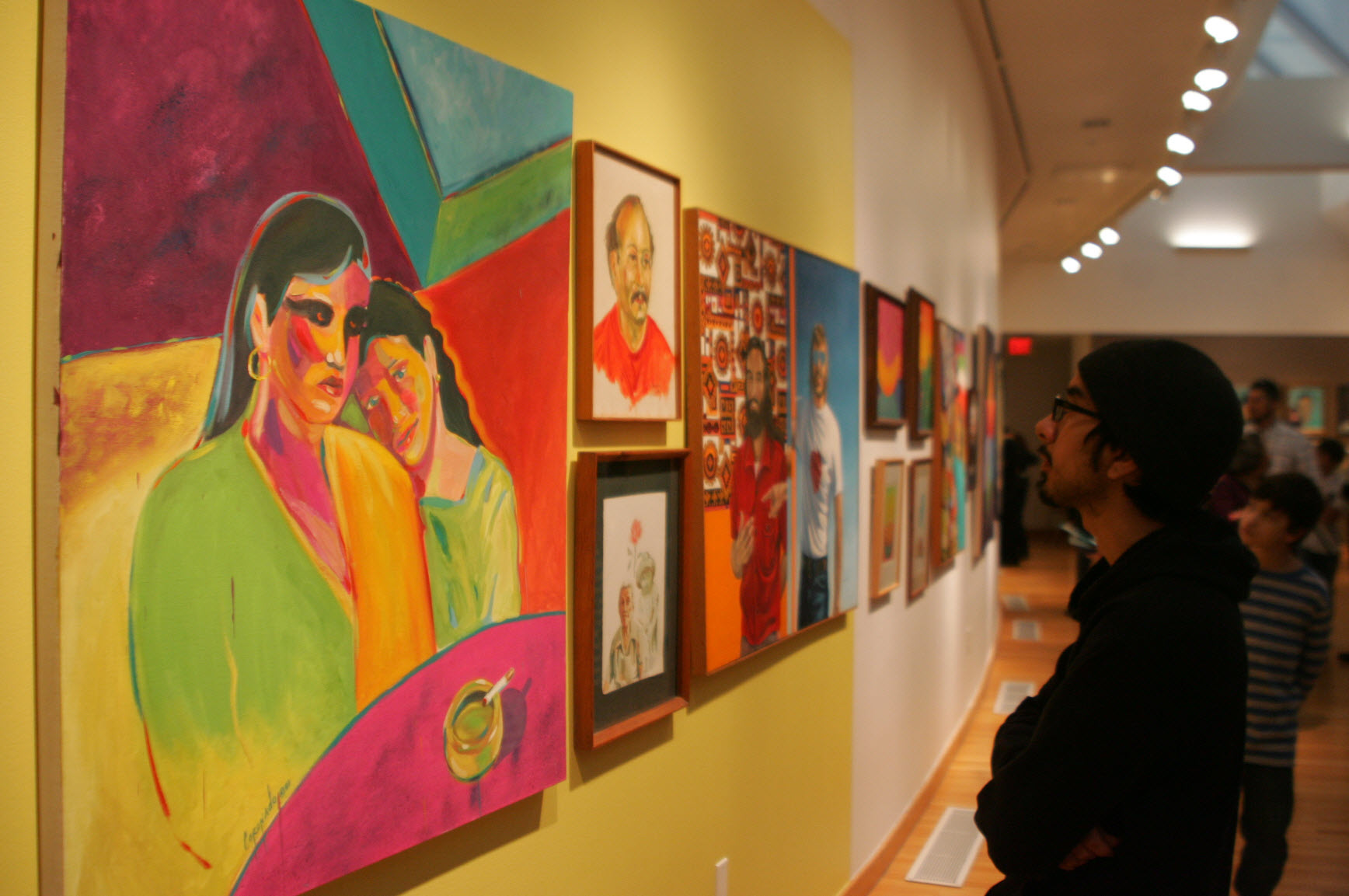Over the course of the last few decades, many conservative pillars have fallen and given way to more inclusive, egalitarian values. And in these efforts toward change, artists have been able to produce massive amounts of activist and creative work.
However, in combination with the media (social and otherwise), progressiveness, protests and other similar collective efforts have been framed into a trend, one that can be tapped into in order to achieve success as a creative cultural producer coming from a marginalized community.
The voices of marginalized groups have been denied for a very long time (read: always), and there’s a natural tendency to want to celebrate them without pause. However, these efforts also merit a proper critique.

It is very easy to praise work coming from marginalized communities because they deserve to be uplifted— those stories need to be told. However, that work also needs to be thoughtful, powerful and well-executed. The work put forth under the trend of marginalization can be highly insightful and moving at its best, but it also allows for mediocrity and exploitation at its worst.
Visual artists customarily write short descriptions of themselves and their work. Many use this to establish the context of their efforts and the credibility with which they approach a topic. For many, it makes sense to present, first and foremost, their relation to the subject. However, I have also witnessed superficial connections by which artists try to exploit the aforementioned trends.
For example, I have seen artists cite their Mexican heritage as a license to speak about border and immigration issues, despite not having direct connections to the topic. Their work would tell the story of somebody else’s experiences crossing the border. The format isn’t inherently terrible. But when prompting the artists, I had the feeling that their reputation was benefiting more from the exposure, rather than the story itself.
I hold the opinion that the best work, especially that regarding issues of marginalization, comes from those who have been deeply and personally affected by the issues being discussed. Regardless of my opinion, it should be evident that it’s morally wrong to exploit issues and other people’s struggles for personal gain. It is something that marginalized groups should be wary of.

I have a friend whose work, up until recently, could be closely compared to the this issue. He is Mexican and he is an immigrant, but he immigrated legally and has not faced any of the relevant hardships. In fact, he recognizes that he has lived a relatively privileged life as a Mexican American. However, he had been making work about those issues. And to his credit, it was beautiful.
But, eventually he realized it was not his place to comment on that particular set of issues, as he had not personally experienced the ordeals illegal immigrants and refugees face. This realization resulted from extensive critique from his community and from self-reflection.
He decided to move away from this work and focus on issues closer to his own experiences. That nuanced critique from both the community and the individual producer is necessary in presenting a strong collective voice as a marginalized group.
A large part of the question here comes with intent. This is easiest to pick up on in popular music trends. I find myself wondering what values are being put forth in pop culture’s most celebrated music. On one hand, it’s exciting to see hip hop and Latin-American music rise to dominance and to see them hold such great influence in pop culture.
On the other hand, it is important to question exactly what that music is about and the message it puts forth. When the work is glorying violence, conflict and narcissism, or focusing exclusively on sex, drugs and partying, it begs the question: How does this work reflect on the marginalized groups that are being celebrated?
Donald Glover’s recent “This is America” and its accompanying video provide a powerful precedent to contrast these trends. He uses the cadence of trap music to ground the work in popular culture, which helps solicit a mass forum through which the issues of oppression can be discussed.
The work is simultaneously acceptable as mass media product, hitting No. 1 on the Billboard hot 100, and works to challenge national narratives regarding violence and prejudice against black people. Most won’t be able to produce on the level of Glover, but he presents a great example of a cultural product that is conscientious, well-planned and damn impactful. It is rightfully celebrated.
The greater problem here is not exclusively the quality of work but its function as a cultural product. What is the true value of a piece of music: to entertain, to uplift, to inform? All of these are not mutually exclusive, and that is part of the point. The work of marginalized individuals has the potential to do much more than just point out the ongoing issues.
Many of the issues are already being discussed. Those who exercise a voice within a marginalized community have a responsibility to pave the way forward and to present efforts that are refined and well-executed. In turn, that community needs to keep a constant vigilance on the efforts and products that are representing them and their struggles.
Critiquing the work of marginalized groups should not shut down those voices but instead serve as a reminder to be active in honing a collective voice that is as powerful, thoughtful and as effective as it can possibly be.
This calls for an organized effort that requires constant self-analysis and critique on the part of those marginalized communities from which the work is coming from. This calls for an organized effort that could lead to some of the most impactful and beautiful work our generation will have the opportunity to see.

















